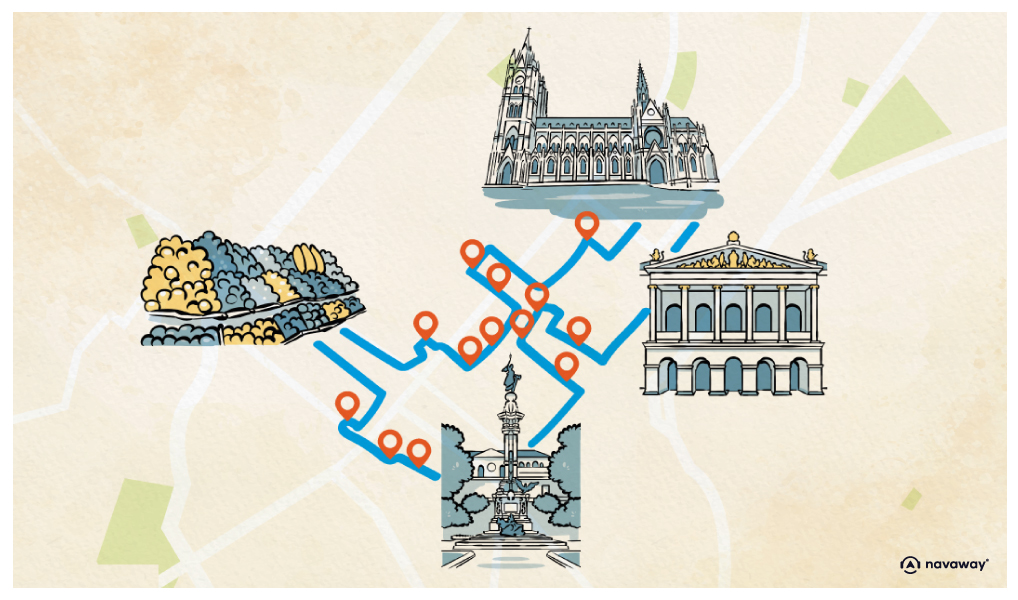
Teatro Sucre
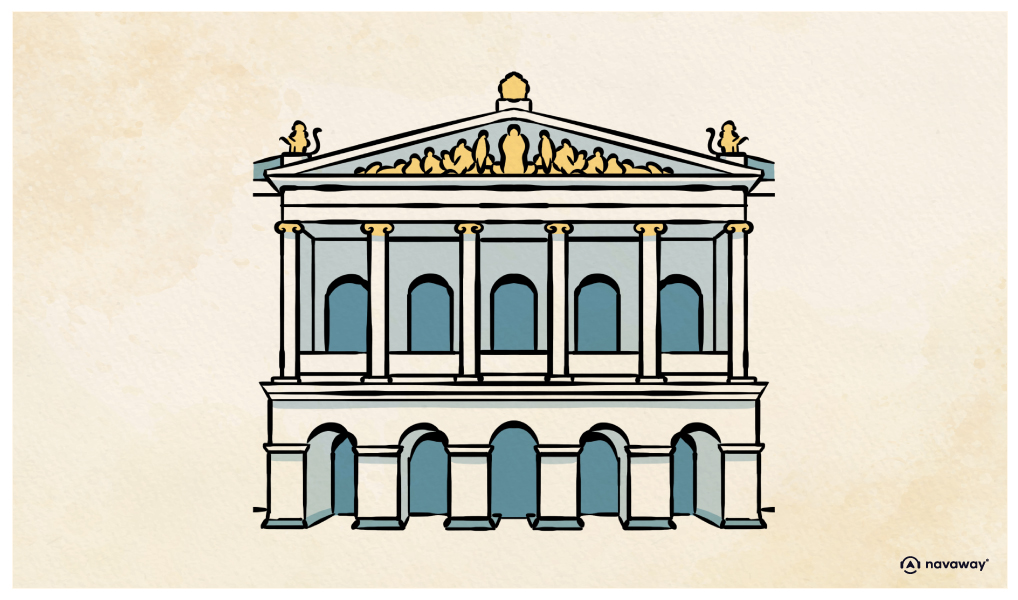
This point of interest is available as audio on the tour: Visit Quito, Lost in the Andes
You’re now standing in the lovely Theatre Square, right in front of the beautiful facade of the Teatro Sucre : one of the oldest opera houses in South America and the most prestigious in Ecuador. It opened in 1886, beating both the Teatro Cristóbal Colón in Bogotá and the Teatro Colón in Buenos Aires by several years. These days, the square is lined with colorful, charming buildings, but back in the day it was known as Plaza de las Carnicerías, the Butchers’ Square, because it was surrounded by slaughterhouses. In the 1670s, it became a popular weekend spot for bullfights, and by 1786, a proper arena had been built, turning the area into a major cultural hub for colonial Quito. Fast forward to 1830 : Ecuador breaks away from Gran Colombia and becomes an independent republic. About thirty years later, the country decides to outlaw bullfighting and encourages towns to build theaters instead. That’s how, in 1877, construction began on the Teatro Sucre, named in honor of Marshal Sucre, a national independence hero. German achitect Francisco Schmidt modeled the building after the grand opera houses of Europe, complete with a classic horseshoe-shaped auditorium. Look up at the pediment — you’ll spot Apollo, the Greek god of music, surrounded by the nine Muses. On either side, two griffins keep watch over the building. In the middle of the balcony stands a bronze statue of Marshal Sucre, shown lifting a mixed‑race woman who breaks her chains , an allegory of Ecuadorian Liberty and the country’s emancipation. Inside, the theatre is just as magnificent, with ornate furnishings and decorations brought in from France and Austria. Over the years, its stage has hosted some of Ecuador’s most legendary performances, as well as key moments in the country’s political history, including presidential and mayoral ceremonies. Today, the Teatro Nacional Sucre Foundation not only runs this theatre but also programs events at the Mexico and Variedades theatres, along with the Mama Cuchara Cultural Center, making this one of the most dynamic and exciting cultural spaces in the region.


Discover Quito with app
An interactive guide through the most beautiful streets, squares, and districts
19 fun audioguides full of historical facts, anecdotes, and legends
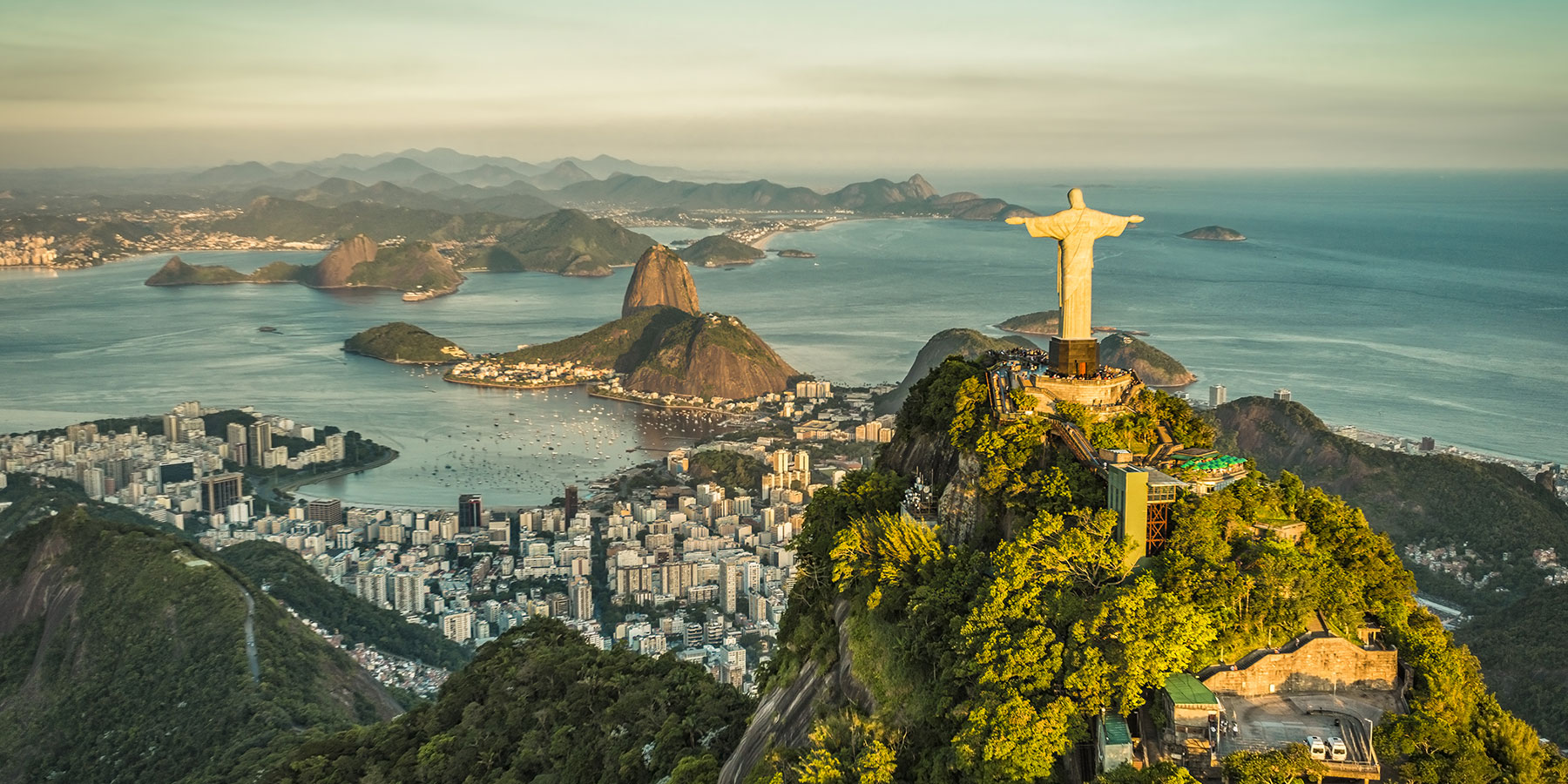
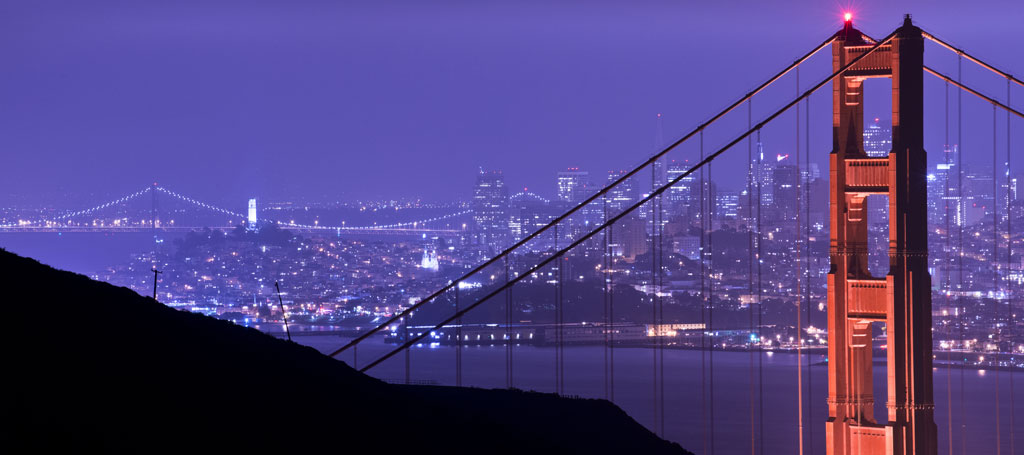
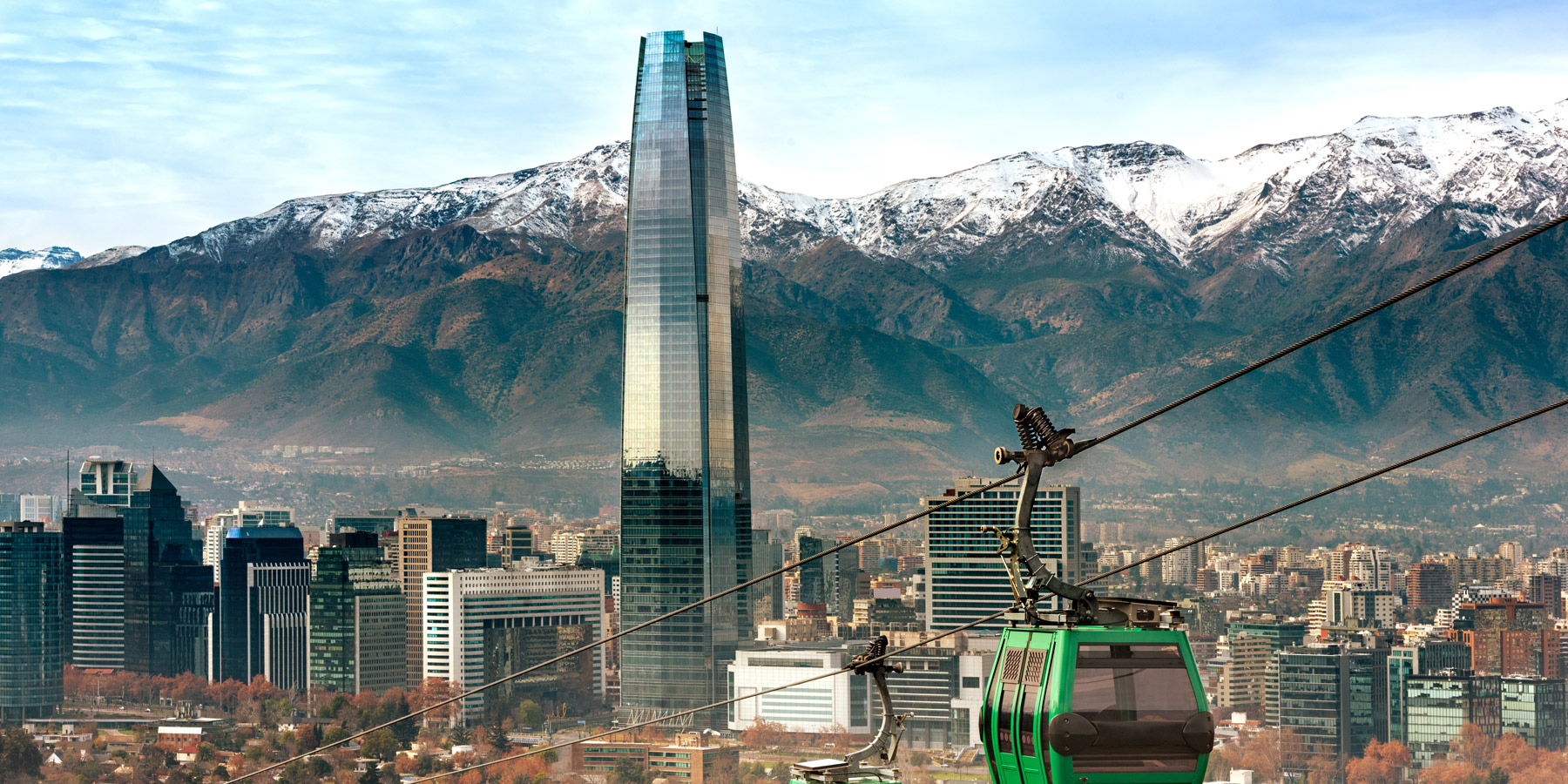
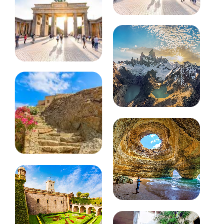

Comments